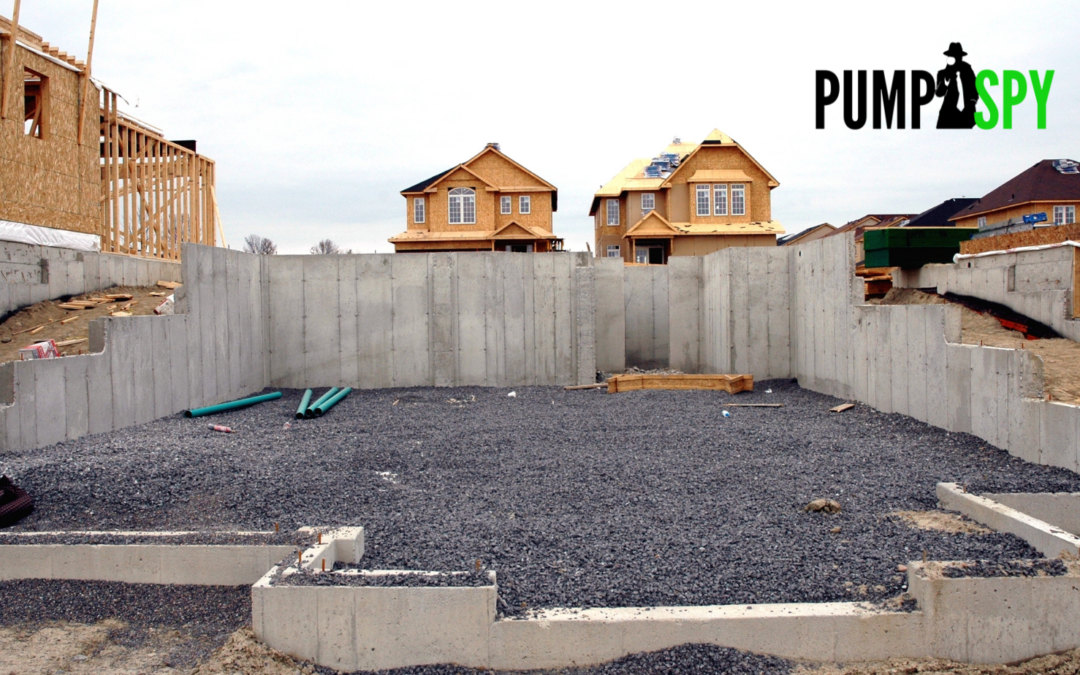Every house has a foundation, but not every house is built with the same type of foundation. A foundation is the size of the house that stands above it, and its purpose is to aid in keeping the house standing strong despite weather conditions changing around it. Foundation also helps to keep groundwater and moisture out of the house. In this blog, we’ll break down the three most popular types of foundation, and some pros and cons to be aware of for each.
1. Concrete slab
By far the most cost-conscious foundation type, the concrete slab is a thick slab of concrete that is poured over plumbing systems and rest on the ground. Not only is this the most cost efficient option, but it is also the quickest to build and requires a little less maintenance than other types. However, it should be noted that while this is the quickest and cheapest foundation, it also has some downsides. Since the concrete is poured over piping, if pipes need to be accessed for repair, it can be a challenge to reach them. Often times, the concrete slab will have to be torn apart and rebuilt. Also, this type of foundation offers the least amount of storage or additional living space for homeowners.
2. Full basement or “daylight” basement
A full basement definitely has the most advantages to the homeowner of all the foundation types. It is typically at least 7 feet high, so it offers tons of storage space and has the potential to become an entirely extra living space. All plumbing is able to be easily accessed. Another variation of a full basement is a “daylight” or “walkout” basement. These basements are built when the ground is on a slant, so that one side of the basement is fully submerged in the land, while the other side opens up onto ground level. This allows for large windows to be incorporated into the basement, as well as doors to be able to enter and exit the home from the basement. While both types of basements have the most pros of the list, they are also the most expensive and time consuming to build. Another thing homeowners should be aware of is the fact that these types of basements often have the most issues with moisture and flooding. It is increasingly important to have a sump pit and a working sump pump in full basements. By using one of PumpSpy’s many sump pump solutions, homeowners with full basements can have 24/7 peace of mind knowing that the water levels in their basement are always being monitored.
3. Crawl space
The crawl space foundation takes care of a few of the cons that come with the concrete slab. For starters, the crawl space allows easier access to plumbing and pipes so that they can be accessed without having to break up the concrete. Additionally, this option does offer extra storage space to homeowners. On the downside, as the name suggests, these spaces are often only tall enough to crawl through. They are typically 4 feet or shorter, so accessing things you’ve stored isn’t the easiest. They do not offer any additional living space to homeowners. They are most commonly unheated and uncooled as well, so it is not a temperature-controlled environment for your belongings. As far as cost and time to build, the crawl space is somewhere in the middle between the concrete slab and the next type of foundation.

